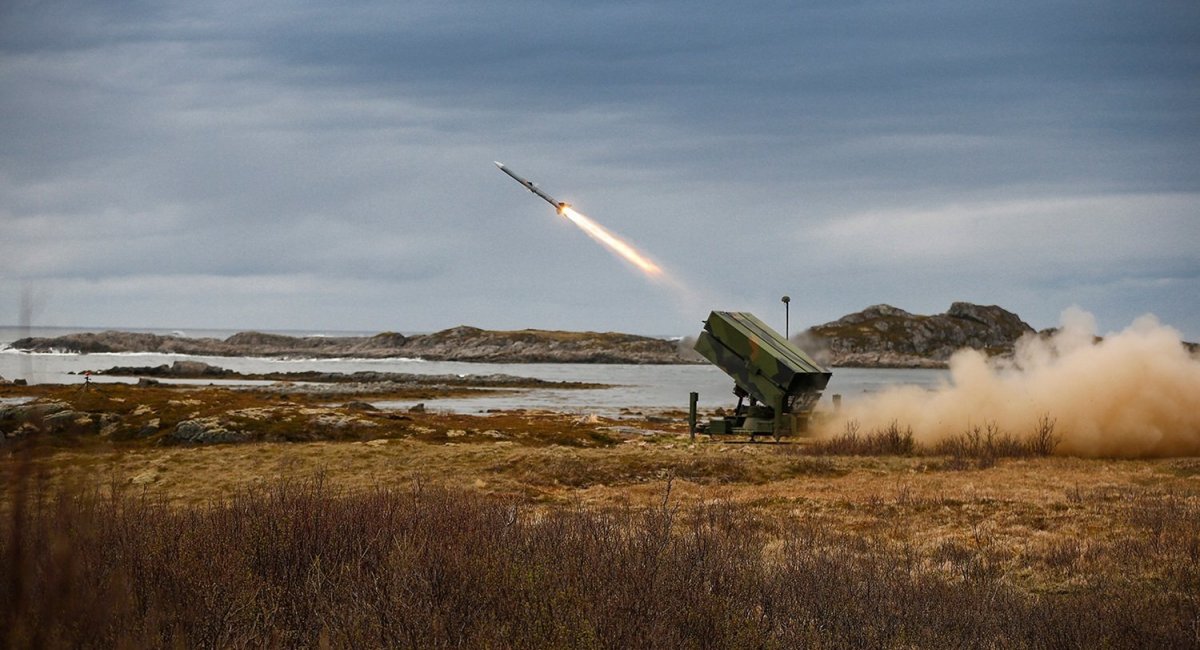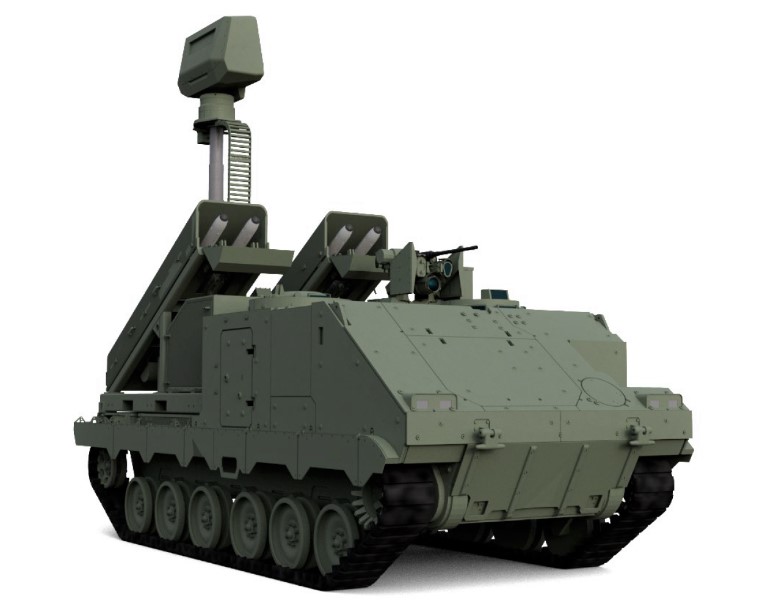
Mysterious agreement signed to develop NASAMS “against future threats”
The NASAMS anti-aircraft missile system has been in operation in Ukraine for almost a year now, and this experience may well influence further improvements to the system.
The Norwegian Ministry of Defense, together with the American company RTX (Raytheon Technologies) and the Norwegian company Kongsberg, signed a new agreement on cooperation to improve the capabilities of the Norwegian Advanced Surface to Air Missile System (NASAMS).

This statement was published yesterday, October 31, on the Norwegian government’s website – however, no specific information has been provided on what the improved NASAMS SAM will look like as of today – it is not known whether it will be just a modernization or whether some critical redesign of the complex is envisaged, etc.
The statement was limited to generalities such as that the agreement “lays the foundation for further strengthening the already robust and battle-tested capabilities of the NASAMS air defense system” and that “the new cooperation agreement will expand NASAMS capabilities and enable it to keep pace with complex and evolving threats.”
At the same time, Tom Laliberti, president of RTX’s Land & Air Defense Systems division, noted that “today marks a key milestone in solidifying NASAMS’ legacy as the world’s leading medium-range air defense system.”
It can be assumed that the NASAMS anti-aircraft missile system will be improved based on the results of its active use in Ukraine against the Russian threat – this SAM has been in operation by the Air Force for almost a year, with the first use of this SAM in Ukraine taking place in mid-November 2022.
In the context of the NASAMS modernization, it is worth mentioning the following news: more than a year ago, in November 2022, Raytheon and Kongsberg tested an upgraded version of the NASAMS Mk.2 with three different missiles in the launchers – AMRAAM-ER, AIM-120 AMRAAM and AIM-9X Sidewinder Block II (up to 20 km).
At the same time, the key point of these tests was that the Raytheon Solipsys fire control system only provided tips on how to select missiles to destroy certain targets in the air, and the decision to launch missiles remained with the operator.

Or the fact that back in May, Kongsberg conducted the first demonstration of its short-range air defense system, which is based on the ACSV G5 chassis from the German company FFG, uses IRIS-T missiles and some elements from NASAMS.
The NASAMS system has a modular design and consists of the FDC command center, AN/MPQ-64F1 Sentinel radar, sensors and several launchers. Several units can be networked to “ensure minimal latency over long distances and maximum system performance.”

